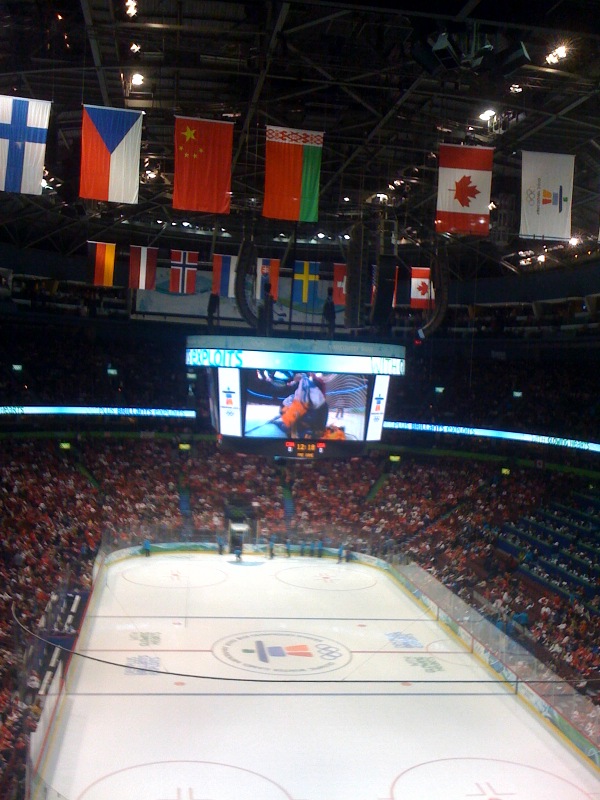Much has been made of the relative age effect (RAE) - that birth month is destiny for sports achievement - but the evidence is far from conclusive. It is true that some sports team rosters across the globe have a lot of players born in the first few months of the year, but my colleagues and I have found that there is more to this phenomenon than originally understood.

To start, let me explain how I got interested in this topic. Although I study the long-term impact of early childhood inequality, I got involved with this specific topic by accident. As a sociology professor, I find that Malcom Gladwell's bestselling 2008 book Outliers1 is a useful tool in helping students understand how context can influence outcomes; birth month, for example, can influence the likelihood of playing elite hockey.2 That context can serve an unexpected role in explaining success is often an intriguing concept for undergraduate students, and a central contribution of sociology to the social sciences.
I assigned Outliers in my Introduction to Social Problems course in the Winter of 2010. As the Winter Olympics in Vancouver were then underway, a student sent me the roster of the Canadian Olympic Hockey team. He simply didn't understand the trend. It appeared that the RAE actually reversed; that team players were least likely to be born in the first months of the year, violating Gladwell's "iron law of Canadian hockey."1
Puzzled, I asked him to look at more rosters. Eventually we found that the RAE is pronounced in junior hockey, modest in the NHL, and simply reverses for elite play (all-star and Olympic rosters). Surprisingly, it even appears that NHL careers are longer (almost a year) for Canadian-born players born in the last (not first) quarter of the year.3
Like any finding in the social sciences, uncovering patterns is much easier than explaining them. I've suggested, with my colleagues, that this pattern might be the result of an "underdog effect," in which being a small kid might actually increase performance (because you have to work relatively harder), but only if you make it to the NHL. Eventually, small kids catch up, and it just may be that perseverance at younger ages pays off when other teammates lose their "big kid" edge.
But regardless if this is true, parents of peewees are likely to notice the RAE in the early years, and, given that few kids will become elite hockey players, it's important to take this trend seriously.
I still have reservations, however, about the size of the effect and whether or not we are focused on the right outcomes. Can small kids benefit by competing with slightly bigger kids beyond amount of time played? Just how important is birth month in explaining sport success compared to the desire to play, training resources, and encouraging parents? Can big-for-your-age kids escape the RAE? And one lurking issue - probably small - is whether diehard hockey families time fertility with cut-off ages, producing something of a self-fulfilling prophesy (see Hilary Level Friedman's blog post).
As RAE research fascinates parents of athletic children, I suspect that there is no "iron law" greater than a child's love of sport.
1. Gladwell M. Outliers (Little, Brown. New York 2008).
2. Barnsley RH, Thompson AH and Legault PE. Hockey success and birthdate: The relative age effect. Canadian Ass'n of Health, Physical Ed & Recreation (CAHPER) Journal. 1985;51: 23-28. See also Nolan JE, Howell G. Hockey success and birth date: The relative age effect revisited. Int'l Review for the Sociology of Sport 2010;45(4):507-512.
3. Gibbs BG, Jarvis JA, Dufer MJ. The rise of the underdog? The relative age effect reversal among Canadian-born NHL hockey players: A reply to Nolan and Howell. Int'l Review for the Sociology of Sport 2011; DOI: 10.1177/101269211414343 (accessed October 5, 2012).
Ben Gibbs is a professor in the Department of Sociology at Brigham Young University. The contributions of Mikaela Dufur, Jon Jarvis, and Kevin Shafer to this article are gratefully acknowledged.








